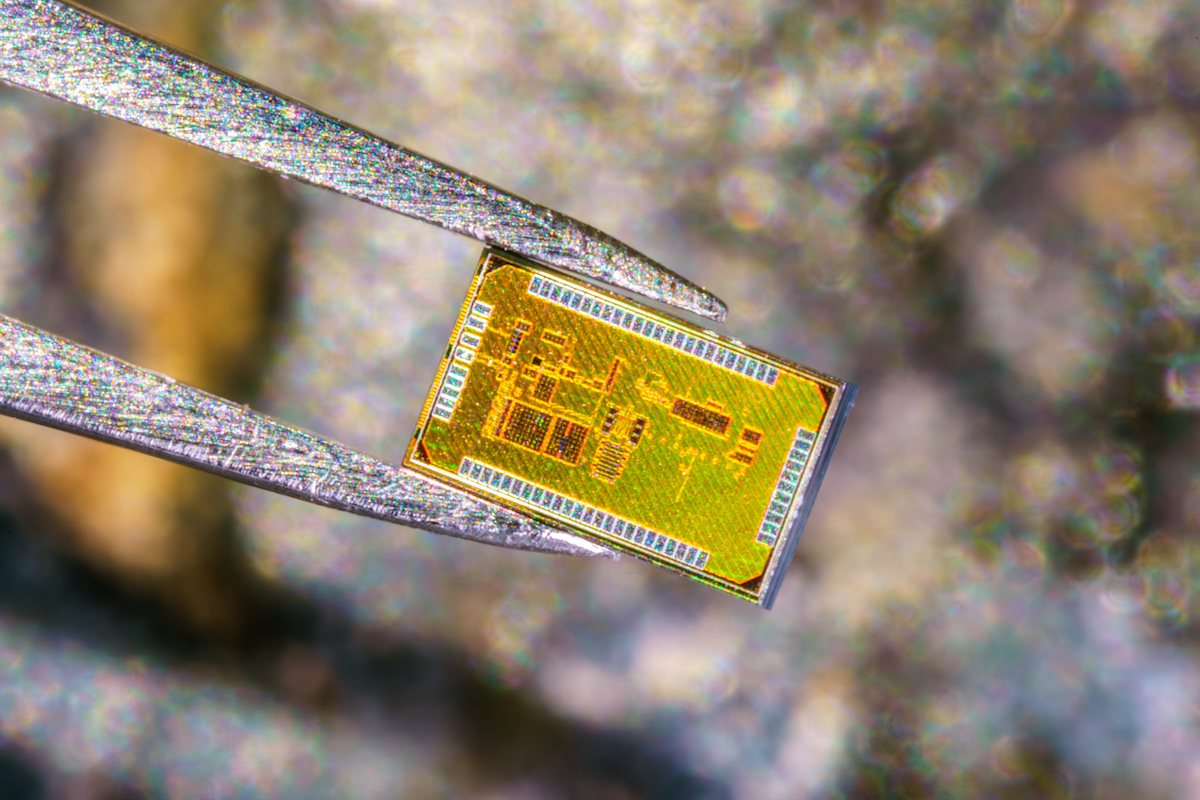Imagine you can open your fridge, open an app on your phone and immediately know which items are expiring within a few days. This is one of the applications that a new technology developed by engineers at the University of California San Diego would enable.
The technology combines a chip integrated into product packaging and a software update on your phone. The phone becomes capable of identifying objects based on signals the chip emits from specific frequencies, in this case Bluetooth or WiFi. In an industrial setting, a smartphone equipped with the software update could be used as an RFID reader.

The work harnesses breakthroughs in backscatter communication, which uses signals already generated by your smartphone and re-directs them back in a format your phone can understand. Effectively, this technique uses 1000 less power than state of the art to generate WiFi signals These advances have enabled very low-power communication between components of the Internet of Things and hardware such as WiFi or Bluetooth transceivers, for applications such as on-body sensors or asset trackers.
The custom chip, which is roughly the size of a grain of sand and costs only a few pennies to manufacture, needs so little power that it can be entirely powered by LTE signals, a technique called RF energy harvesting. The chip turns Bluetooth transmissions into WiFi signals, which can in turn be detected by a smartphone with that specific software update.
The team will present their work at the IEEE International Solid-State Circuits Conference in San Francisco on Feb. 20, 2023. Read more about this HERE.
